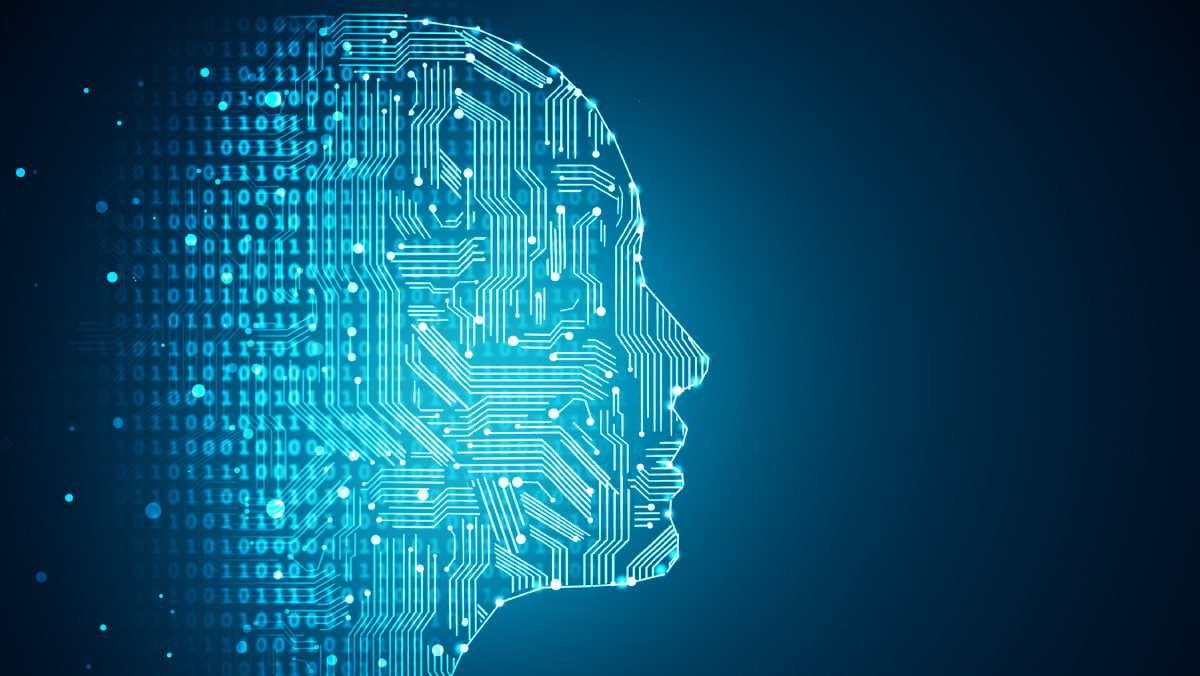Andy Connor, Channel Director EMEA at Subzero Engineering, explores the role AI plays in technology’s demand for power, as well as its huge potential in advancing sustainability efforts.
The digital age has meant that demand for data processing has soared in recent years, placing data centres front and central to the internet and cloud computing infrastructure.
Recent research from Goldman Sachs Research has estimated that while data centres currently consume between 1 and 2% of the world’s overall power, this demand is expected to grow by 160% by the end of the decade. It is this unprecedented energy demand that can incur significant environmental costs, with 2022 to 2030 carbon emissions predicted to double.
The upsurge of AI must take responsibility for its role in increased energy consumption. According to the International Energy Agency, a Google search requires just 0.3 Wh of electricity, compared with a mighty 2.9 Wh for a single ChatGPT query.
AI’s role in advancing sustainability
By balancing the power and cooling requirements of data centres with the need for efficiency, AI algorithms can predict, monitor, and adjust power consumption in real time, optimising server utilisation, cooling systems, or other infrastructure by reducing energy wastage from idle or underutilised equipment. This approach can pay huge dividends, resulting in notable energy savings and improved operational efficiency.
Cooling contributes to a significant energy expenditure in data centres. Modelling using Computational Fluid Dynamics (CFD), uses AI insights to manage cooling systems by adjusting temperature and airflow based on real-time data and predictive analytics without compromising performance.
This allows data centre operators and engineers to achieve improved energy efficiency, by enhancing cooling performance, proactively addressing issues to minimise downtime, and delivering optimal resource utilisation. This enables informed decisions to be made in the reduction of energy consumption and improvement of overall efficiency.
Going forward, we expect to see CFD used extensively with the integration of machine learning (ML) and AI and hybrid cooling designs, with a continued priority on energy efficiency and sustainability.
AI’s role in renewable energy sources
Adopting AI and other emerging technologies must not come at the expense of environmental impact. The integration of renewable energy sources into data centre operations therefore remains pivotal in obtaining true sustainability credibility. Using free environmental energy sources, such as solar, wind, or water provides a sustainable means for power, with AI further reducing the carbon footprint by predicting production from the source and aligning it with the facility’s demands.
There are, and will always be regional challenges, such as high temperatures, water scarcity, or high dust surroundings that can impact sustainability. AI can mitigate these challenges by predictive modelling, but there is an additional need to invest in research and development to advance renewable technologies. Furthermore, by sharing these innovations with the broader industry, this leadership can help drive the adoption and influence of sustainable solutions across the tech sector.
Integrating sustainability into AI development strategies
Many hyperscalers are considering their infrastructure today for tomorrow’s technologies. They want to know that if by upgrading from a standard data centre to an AI high-performance data centre would it result in having to rip everything out, restarting their business from the ground up? They want to know if they can install a hyperscale area in their current facility or, in the event they need to put in piping for water cooling, that the infrastructure is primed and optimised for hyperscaling challenges.
When talking to our customers we ask them what they want to achieve, when they want to achieve it, and how we can help them engineer a solution that will work for them now and going forward. Are there alternative materials that are closer to sustainability values? How can we work better to make something that will be around for 10 or 20 years? We also discuss the type of materials being used. We’re working closely with other companies where we can produce a product that’s viable against steel. It’s more efficient and more sustainable. You can transfer it, it’s lighter and these things make a difference.
Is the hyperscaler running its own data centre? Or are they taking space in a colo? If they’re in a colo, there’s a responsibility on all sides to achieve sustainability goals. Often customers taking space in a colo don’t care how efficient that data centre is. They just want to make sure their SLAs are met.
The colos are up against it because they need to provide the metrics of whoever’s taking the estate. But, as legislation comes in, the efficiency of the data centre will remain the focus.
Looking ahead
If you were looking at a true 100% AI infrastructure data centre, the likelihood is that it won’t exist just yet. There will always be areas within the industry that will need high-performance compute processing power, but most facilities are likely to be powering what they do now; our phones, apps, laptops, and smart homes.
While new-build data centres can make themselves reasonably sustainable and efficient, legacy data centres have their work cut out. That’s where new containment systems ready for AI technologies, such as on-chip cooling, can enable companies to upgrade to more sustainable cooling solutions, without the need to completely rebuild.
AI is another step in the evolution of digital transformation. We can either allow it to consume more power or leverage it to enhance operational efficiency, integrate renewable energy sources, and drive substantial and purposeful change. Organisations will continue to embrace AI-driven solutions but it is in the optimisation of the technology, that can pave the way for greener and more energy-efficient infrastructure, benefiting both business and the planet.


